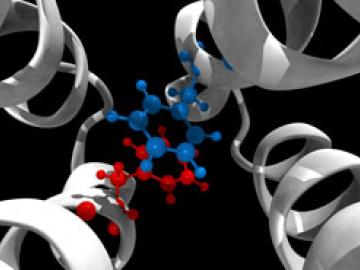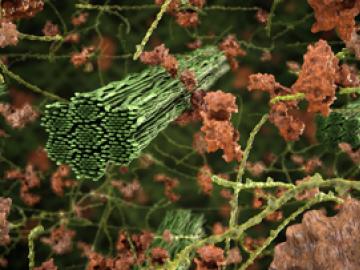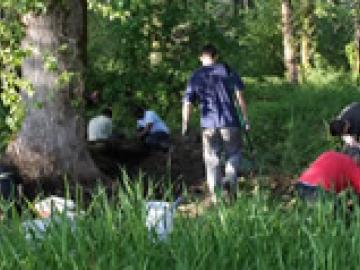Filter News
Area of Research
- (-) Computational Biology (2)
- (-) Neutron Science (3)
- Advanced Manufacturing (1)
- Biological Systems (5)
- Clean Energy (13)
- Climate and Environmental Systems (1)
- Computer Science (1)
- Energy Sciences (3)
- Fusion and Fission (1)
- Isotopes (1)
- Materials (9)
- National Security (2)
- Supercomputing (10)
- Transportation Systems (2)
News Type
Media Contacts

Scientists at ORNL have developed 3D-printed collimator techniques that can be used to custom design collimators that better filter out noise during different types of neutron scattering experiments

If scientists can control cellular functions such as movement and development, they can cripple cells and pathogens that are causing disease in the body.

ORNL study uses neutron scattering, supercomputing to demystify forces at play in biofuel production
Researchers studying more effective ways to convert woody plant matter into biofuels at the Department of Energy's Oak Ridge National Laboratory have identified fundamental forces that change plant structures during pretreatment processes used in the

The ability to make plants grow stronger and more quickly is a key goal in the effort to develop better biofuels and better understand plant efficiency.

Gas and oil deposits in shale have no place to hide from an Oak Ridge National Laboratory technique that provides an inside look at pores and reveals structural information potentially vital to the nation’s energy needs.




